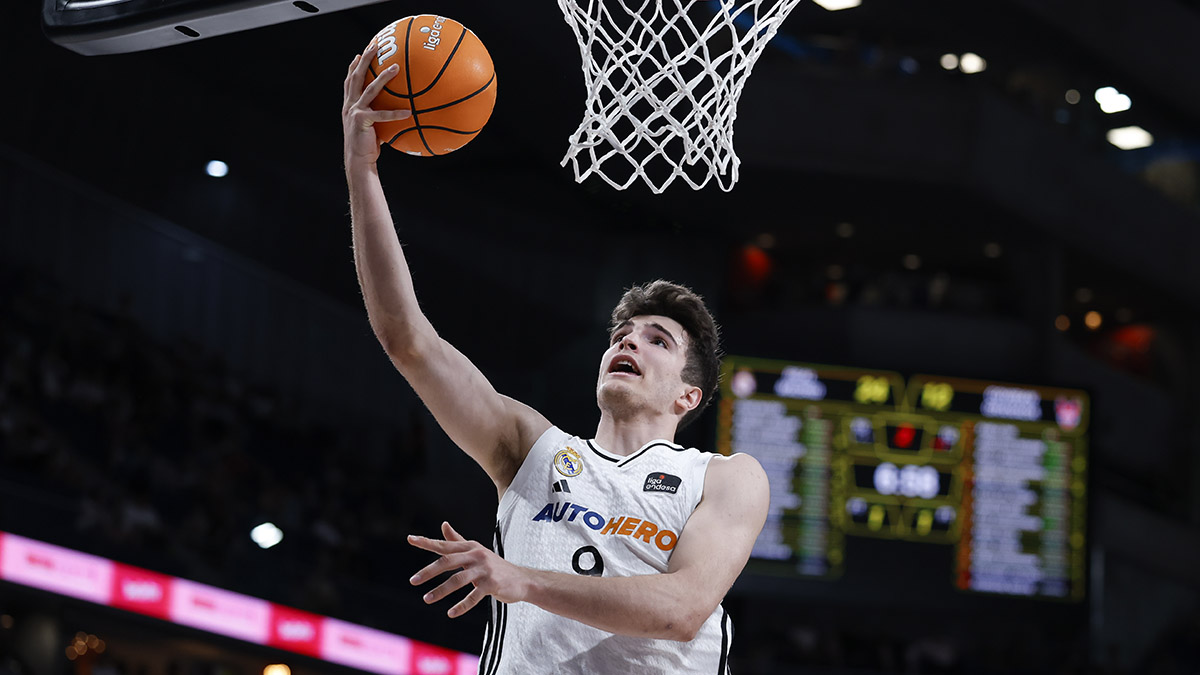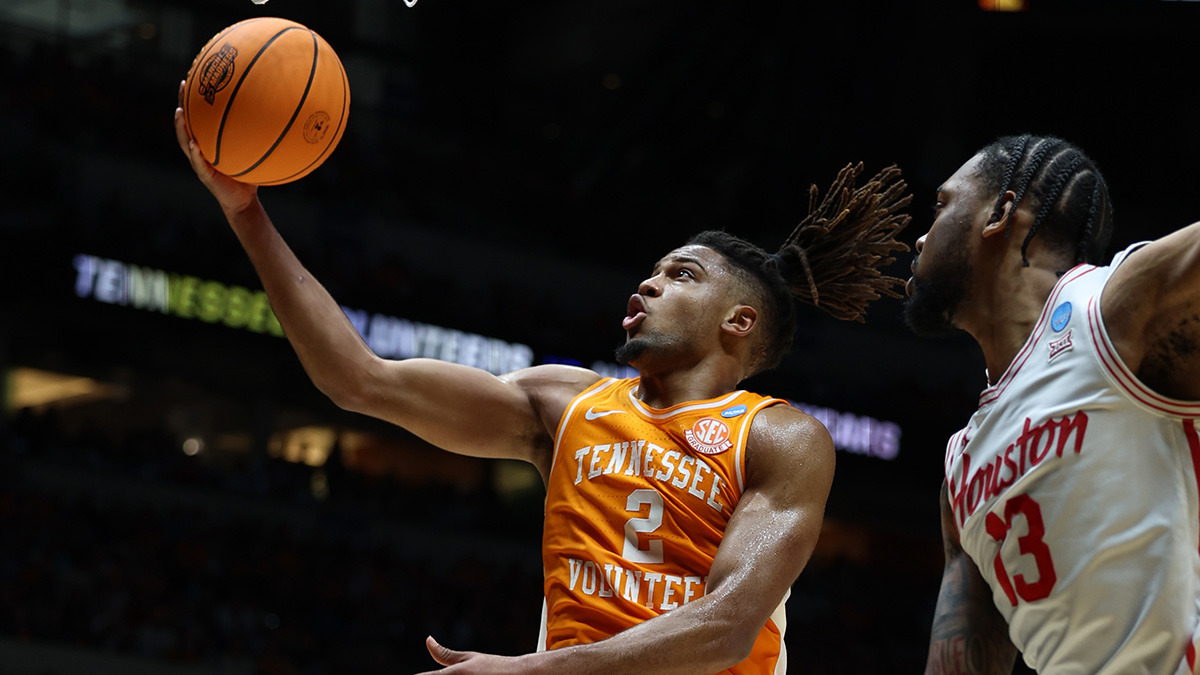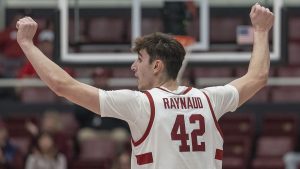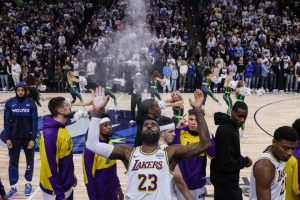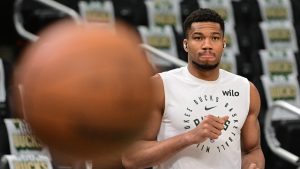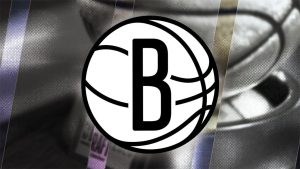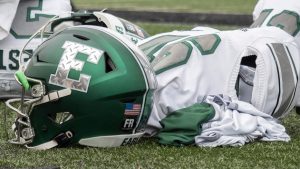Forsberg: Explaining Celtics’ new trade flexibility after recent moves originally appeared on NBC Sports Boston
Celtics president of basketball operations Brad Stevens accomplished an unenviable task earlier this week, reportedly parting with two core members of his 2024 championship squad — Jrue Holiday and Kristaps Porzingis — in trades that saved Boston roughly $27 million in cap space and brought the team under the second apron of the NBA’s luxury tax.
But why exactly was it so important for Stevens to get under the second apron?
While there is a financial penalty for being over the second apron, the more punitive penalties involve front-office moves: Teams over the second apron can’t utilize a number of roster-building tactics, from aggregating contracts in trades to executing sign-and-trades to using midlevel exceptions and much more.
“I think the second apron penalties are real,” Stevens told reporters Wednesday night in his post-NBA Draft press conference, “and I didn’t realize how real they were until they were staring me in the face over the past month. You can’t overstate that.”
So, now that Boston is under the second apron after trading Holiday and Porzingis, Stevens and Co. have a lot more flexibility to make additional moves this offseason, as Chris Forsberg explained Wednesday on NBC Sports Boston’s The Off C’season live show.
🔊 Celtics Talk Podcast Instant Reaction: Celtics take Hugo Gonzalez with 28th overall pick in NBA Draft | Listen & Subscribe | Watch on YouTube
“The Celtics can now aggregate contracts,” Forsberg said. “They can now send out money (in trades). … You can put multiple players in a trade. … Traded player exceptions are now in play, sign-and-trades; there are just so many more avenues now to go get players who can add to this roster.”
As a concrete example: Say the Celtics wanted to trade for a player making roughly $18-$20 million next season. As a second apron team, they wouldn’t be able to pull off such a deal, because they don’t have a player with a 2025-26 salary in that range. But now that they’re under the second apron, they hypothetically could package Sam Hauser ($10 million salary) and Georges Niang ($8.2 million) in a trade for that player making $18-$20 million.
That opens more doors for Stevens to tweak the roster, especially if there’s interest in Hauser, Niang or Anfernee Simons, who was acquired in the Holiday trade and is set to make $27.7 million this season on an expiring contract.
There is one area where the Celtics don’t have flexibility, however: Now that they’re under the second apron, they can’t go back over for the rest of the offseason and 2025-26 regular season.
“Remember: In all dealings, you have to still be below the second apron,” Forsberg noted. “You cannot at any point go back over the second apron if you use any of those tactics to add players to your roster. So, it just handcuffs you a little bit in terms of how much you can spend, how much you can afford moving forward.
“There are more options available now. (But) to fully maximize and utilize those, they’ve still got to cut more money.”
The Celtics are just $4.6 million under the second apron at the moment, so don’t be surprised if Stevens makes more moves in the coming weeks to further shed salary and give his team even more financial flexibility.
Forsberg: Explaining Celtics’ new trade flexibility after recent moves
Brad Stevens has a lot more options after getting under the second apron.
Celtics president of basketball operations Brad Stevens accomplished an unenviable task earlier this week, reportedly parting with two core members of his 2024 championship squad — Jrue Holiday and Kristaps Porzingis — in trades that saved Boston roughly $27 million in cap space and brought the team under the second apron of the NBA’s luxury tax.
But why exactly was it so important for Stevens to get under the second apron?
While there is a financial penalty for being over the second apron, the more punitive penalties involve front-office moves: Teams over the second apron can’t utilize a number of roster-building tactics, from aggregating contracts in trades to executing sign-and-trades to using midlevel exceptions and much more.
“I think the second apron penalties are real,” Stevens told reporters Wednesday night in his post-NBA Draft press conference, “and I didn’t realize how real they were until they were staring me in the face over the past month. You can’t overstate that.”
So, now that Boston is under the second apron after trading Holiday and Porzingis, Stevens and Co. have a lot more flexibility to make additional moves this offseason, as Chris Forsberg explained Wednesday on NBC Sports Boston’s The Off C’season live show.
🔊 Celtics Talk Podcast Instant Reaction: Celtics take Hugo Gonzalez with 28th overall pick in NBA Draft | Listen & Subscribe | Watch on YouTube
“The Celtics can now aggregate contracts,” Forsberg said. “They can now send out money (in trades). … You can put multiple players in a trade. … Traded player exceptions are now in play, sign-and-trades; there are just so many more avenues now to go get players who can add to this roster.”
As a concrete example: Say the Celtics wanted to trade for a player making roughly $18-$20 million next season. As a second apron team, they wouldn’t be able to pull off such a deal, because they don’t have a player with a 2025-26 salary in that range. But now that they’re under the second apron, they hypothetically could package Sam Hauser ($10 million salary) and Georges Niang ($8.2 million) in a trade for that player making $18-$20 million.
That opens more doors for Stevens to tweak the roster, especially if there’s interest in Hauser, Niang or Anfernee Simons, who was acquired in the Holiday trade and is set to make $27.7 million this season on an expiring contract.
MORE CELTICS COVERAGE
There is one area where the Celtics don’t have flexibility, however: Now that they’re under the second apron, they can’t go back over for the rest of the offseason and 2025-26 regular season.
“Remember: In all dealings, you have to still be below the second apron,” Forsberg noted. “You cannot at any point go back over the second apron if you use any of those tactics to add players to your roster. So, it just handcuffs you a little bit in terms of how much you can spend, how much you can afford moving forward.
“There are more options available now. (But) to fully maximize and utilize those, they’ve still got to cut more money.”
The Celtics are just $4.6 million under the second apron at the moment, so don’t be surprised if Stevens makes more moves in the coming weeks to further shed salary and give his team even more financial flexibility.
This article tagged under:


